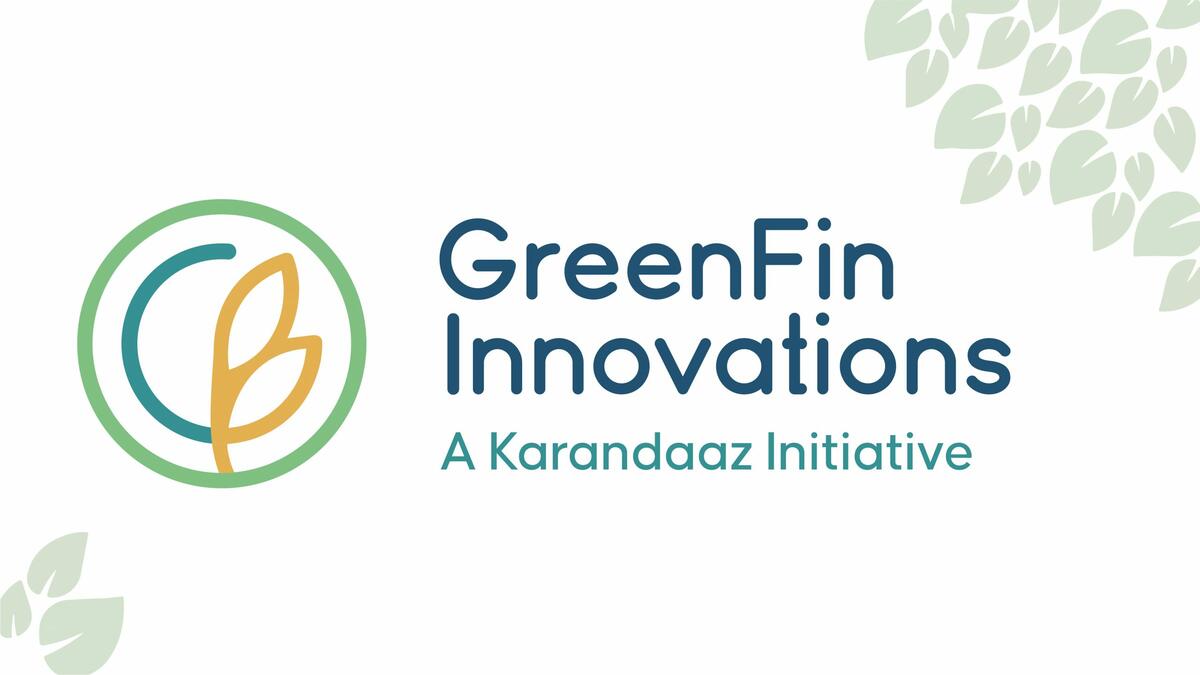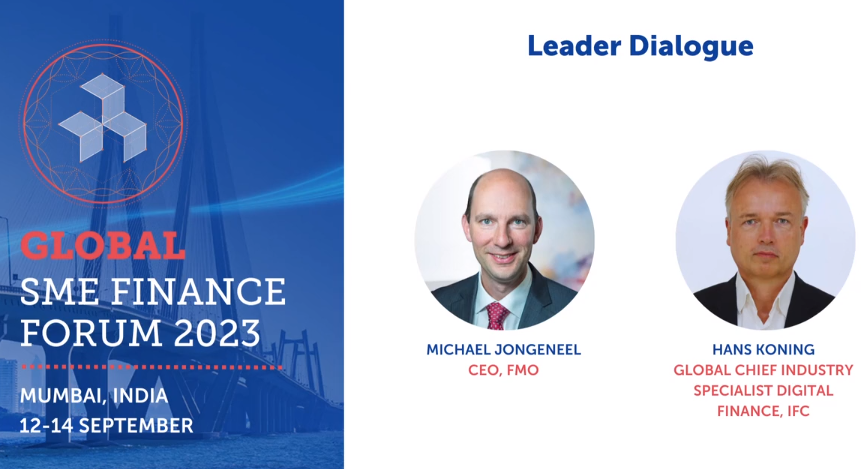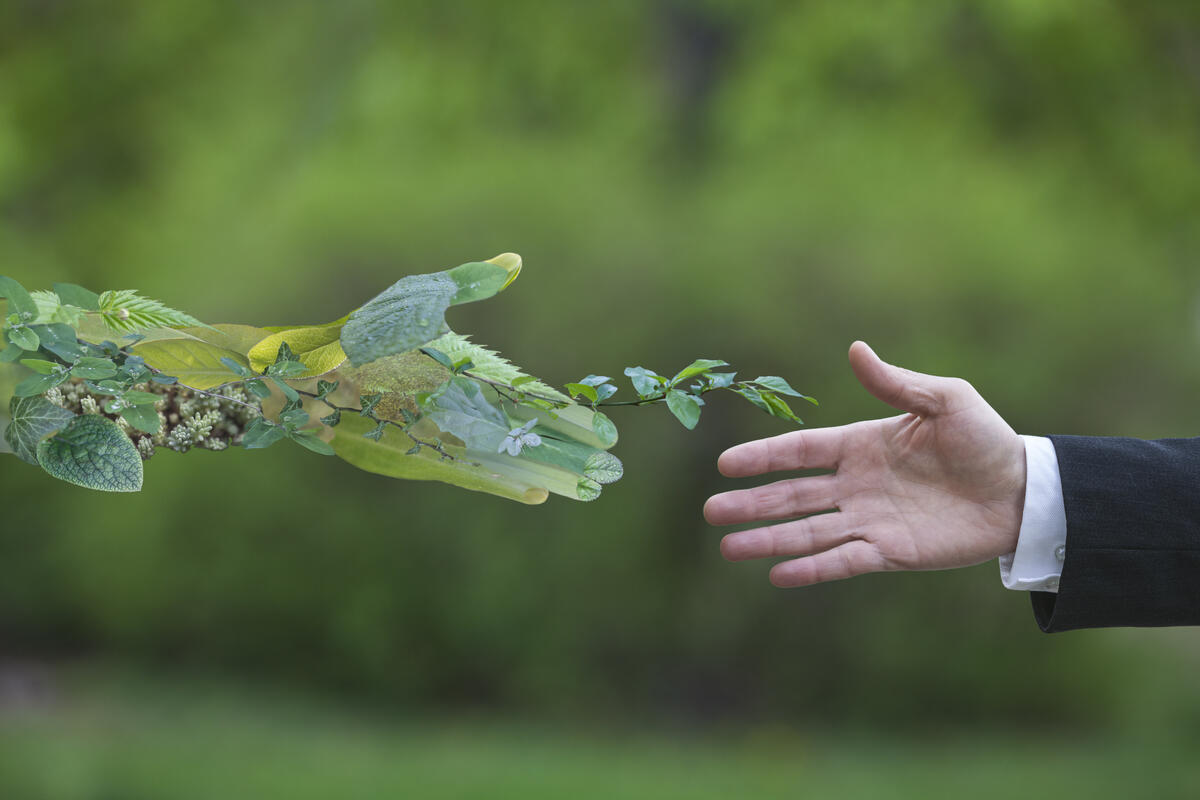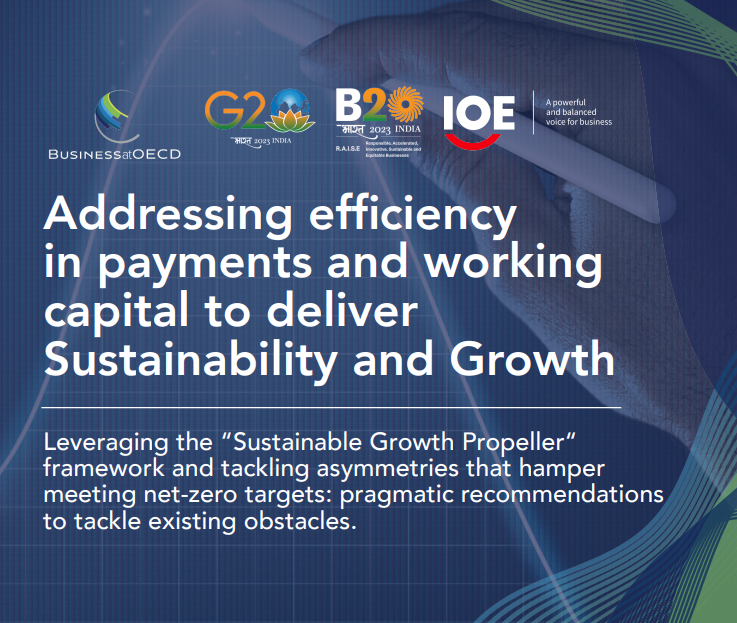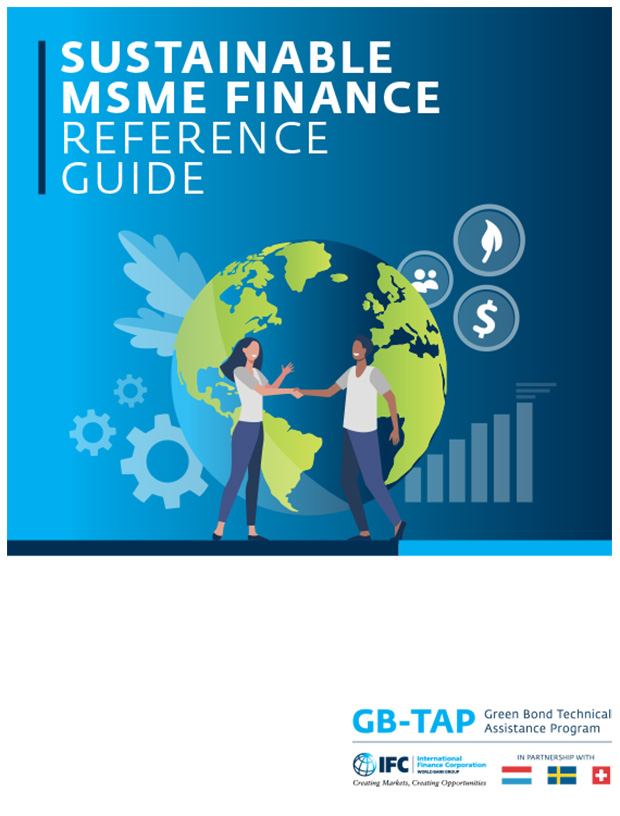One of the most quoted numbers in international development today is $3.9 trillion. That’s the annual funding the UN estimates will be needed to achieve the Sustainable Development Goals (SDGs). That’s a pretty tall order – especially considering that current annual levels of official development assistance funding are only $180 billion, with combined public and private investment in the SDGs at only $1.4 trillion. This results in an annual funding gap of $2.5 trillion. To help close it, the international development community has been looking to tap new sources of capital – particularly from private investors.
Blended finance represents one approach that has the potential to attract new sources of funding to the biggest global challenges. As Convergence’s CEO Joan Larrea recently wrote in ImpactAlpha, the term refers to transactions that encourage more private investment by being strategic with the money already at work from official development assistance and philanthropic sources. Notably, blended finance transactions yield a financial return while also contributing toward achieving social goals, and in these transactions the public and/or philanthropic parties at the table are catalytic – making a deal happen that would otherwise attract little or no interest from the private sector. While it has been used in many forms in recent decades, blended finance is increasingly being discussed as a promising way to close the SDG funding gap. As a testament to this growing momentum, UN member countries reached consensus in June 2015 on the importance of deploying public funds to attract private investment through blended finance.




